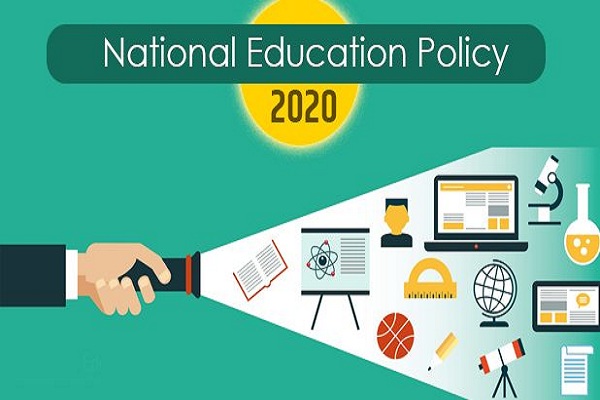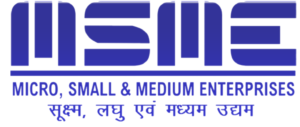The National Education Policy 2020 (NEP 2020) is a policy document that outlines the vision and framework for the development of education in India. It was approved by the Indian government in July 2020 and is the first major education policy in India in over three decades. The NEP 2020 aims to transform the education system in India and make it more inclusive, holistic, and learner-centric.
The policy covers a wide range of areas, including early childhood education, school education, higher education, vocational education, teacher education, and adult education. The NEP 2020 has been developed through a consultative process, involving various stakeholders including educators, academics, students, and civil society groups. It emphasizes the use of technology, the promotion of multilingualism, the integration of vocational education, and the development of critical thinking and creativity among students. The implementation of the policy is expected to have a significant impact on the education sector in India, and it is hoped that it will improve the quality and relevance of education for all learners in the country.
Let’s discuss its possible advantages and disadvantages.
Advantages of National Education Policy 2020
- Holistic Education: One of the major advantages of the National Education Policy 2020 is its focus on holistic education. It aims to promote critical thinking, creativity, problem-solving, and life skills among students. The policy emphasizes experiential learning and provides a flexible curriculum that can be tailored to the needs of individual students.
- Multilingualism: The policy recognizes the importance of multilingualism and promotes the teaching of regional languages in schools. It also encourages the use of technology to facilitate language learning.
- Skill Development: The policy emphasizes the need for skill development and vocational training. It aims to create a workforce that is skilled and employable, and capable of meeting the demands of the changing economy.
- Flexibility: The policy provides greater flexibility in terms of choosing subjects and courses, allowing students to pursue their interests and passions. It also allows for a multidisciplinary approach, where students can study subjects from different streams.
- Technology Integration: The policy recognizes the importance of technology in education and aims to integrate it into the teaching and learning process. It promotes the use of digital tools and resources to enhance learning outcomes.
Disadvantages of National Education Policy 2020
- Implementation Challenges: The National Education Policy 2020 is a comprehensive policy that requires significant changes in the education system. The implementation of the policy is likely to face several challenges, including resistance from stakeholders, inadequate infrastructure, and a lack of resources.
- Privatization of Education: Critics of the policy argue that it promotes the privatization of education, as it encourages private sector participation in education. This could lead to increased fees and reduced access to education for low-income families.
- Language Barrier: While the policy promotes the teaching of regional languages, it may also create a language barrier for students who move from one state to another. It could also create a language divide between students who study in English-medium schools and those who study in regional language schools.
- Standardization: The policy aims to standardize the education system and create a common curriculum for all students. This may not be suitable for students with diverse backgrounds and different learning styles.
- Lack of Clarity: The policy is still in the early stages of implementation, and there is a lack of clarity on some of the details. This could create confusion and uncertainty among students, teachers, and parents.
In conclusion, the National Education Policy 2020 has both advantages and disadvantages. While it aims to promote holistic education, multilingualism, skill development, and flexibility, it may also face implementation challenges, promote privatization of education, create a language barrier, standardize the education system, and lack clarity. It will be important to carefully monitor the implementation of the policy to ensure that it achieves its intended goals.










